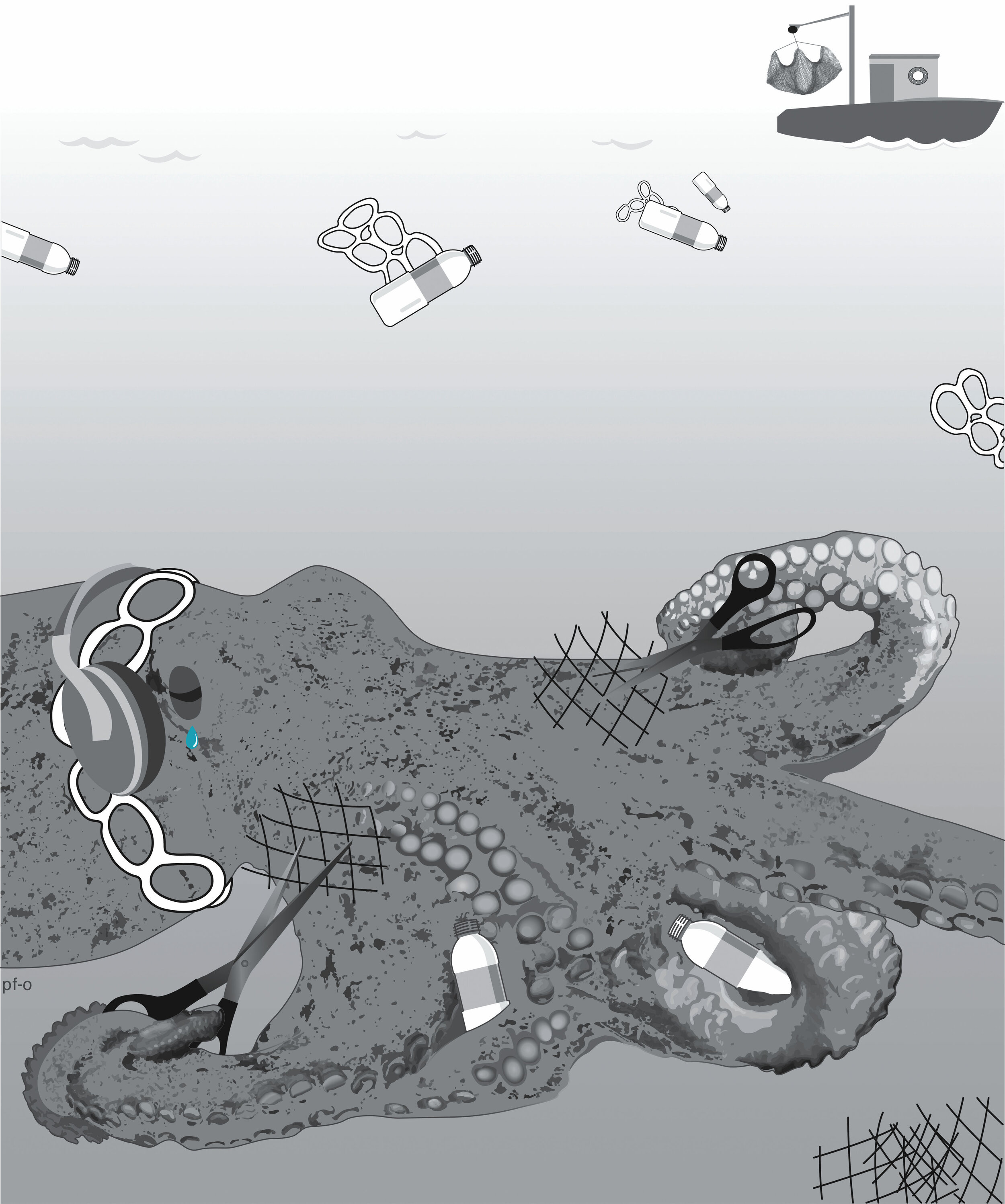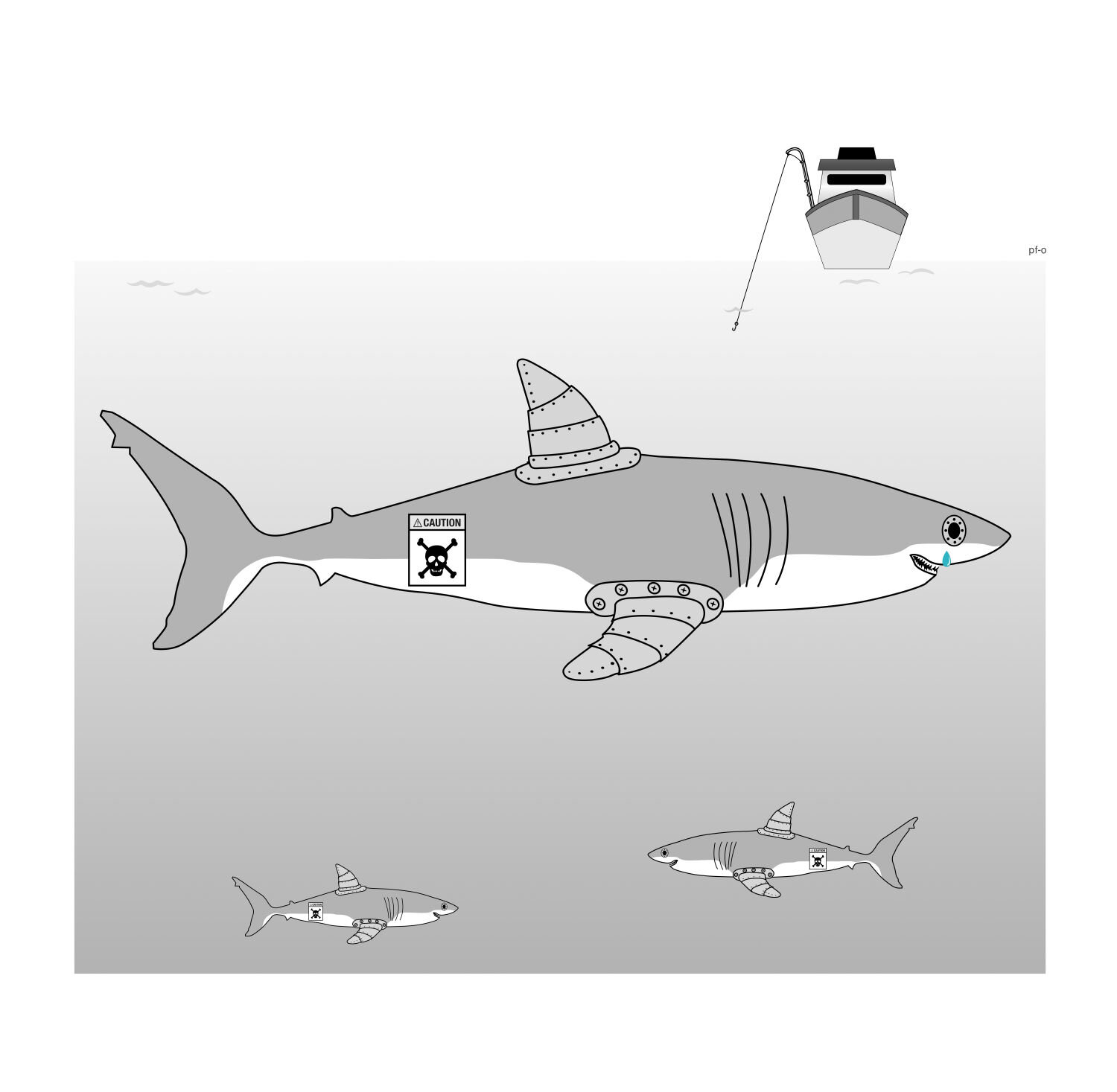Artwork
by Pam Ferris-Olson LLC
Highlighting the impact of human activity upon our oceans to stimulate thoughtful conversation and inspire action.
Pam Ferris-Olson is a storyteller. Much of her art expresses a passion for the water, especially the ocean. Pam's work provides a narrative about the impactful way humans interact with the ocean and her creatures. She aims to arouse a connection with and responsibility for the water.
Pam has worked as a writer, scientist, freelance journalist/photographer, and ecological artist. Pam is founder of Women Mind the Water, a multimedia platform that explores the intersection of people predominantly women, storytelling, and the ocean. Women Mind the Water Digital Stories Project is a collection of digital stories Pam gathered from women living across the country. Their stories explore personal experiences and connections with water. The Wo(men) Mind the Water Artivist Series is an audio and video podcast nearing its 100th episode (Sept. 2025). The artists in the podcasts discuss their connection with the ocean, how it inspires their art, and how their ocean-inspired art influences others. Other avenues of visual expression Pam pursues are a marine animal collection consisting of quirky graphic images and videos created to engage, inform, and stimulate conversation; marine installations constructed of repurposed, upcycled material; and photography.
She has carried her camera across the globe since she was in college and for more than a decade Pam's photographs have been featured in The Healing Muse, a Journal of Literary & Visual Arts, published by SUNY Upstate Medical University. After she moved to Colorado in 2024, Pam felt the need to dive more deeply into photography and explore the world and natural light. Through her lens the images tell a story of a rich and deeply personal connection.
Art
Images and Installations
Art in Support of Our Ocean Creatures
Sailcloth Series
This series is informed by science and conveyed in humorous tableaus that invite deeper consideration.

Lobstah Bake: sail cloth, ink, salvaged metal, wood, and rope. Lobstah Bake recognizes the importance of Maine’s iconic lobster fishery, valued in 2021 just shy of $725 million. The industry may be unsustainable in the long-term because the Gulf of Maine is rapidly warming, driving the migration of lobster into cooler waters. A pair of lobster trap lines graphically portrays the relationship between ocean temperature and pounds of lobster hauled.

Souped Up: sail cloth, ink, salvaged metal, wood, and rope. These steampunk-fashioned great white sharks allude to the practice of shark finning. An estimated 100 million or more sharks die annually from this cruel practice of cutting off their fins and discarding the remainder overboard where they sink to the bottom and die. The demand for shark fins is fueled, in part, by a belief that they have medicinal qualities. The fin also is considered a delicacy but may be toxic to consume. Blood samples from some sharks have indicated a high level of poisonous heavy metals, like arsenic and mercury, and another substance linked to the development of neurogenerative disease. Sharks appear to be unaffected by the toxins but humans who eat shark meat may not be so fortunate.

Last Straw: sail cloth, ink, salvaged metal, wood, and rope. Green sea turtles contribute to healthy sea grass beds and coral reefs, areas valuable to a host of commercial marine species including shrimp and lobster. The turtle’s survival is endangered by many things including global warming, habitat loss, human consumption of their eggs and meat, unintended entanglement in fishing gear and plastic pollution. This dashing green sea turtle’s appearance speaks to the latter two. The ingestion of even one plastic item can be deadly from suffocation or intestinal blockage that results in the slow starvation of the impacted individual. Sharp plastic objects like straws can rupture a turtle’s internal organs leading to hemorrhages.

Oil's Well: sail cloth, ink, salvaged metal, wood, and rope. The California Sea Otter or Southern Sea Otter is a charismatic creature that lives along the central coast of California. Once highly valued for its dense fur, it was thought to have been hunted to extinction. Then in 1938, a small population was discovered living along the coast of Big Sur. The otter population has grown since then but remains endangered because of the potential for oil spills in the area. An oil spill would be a disastrous event for the otters. Otter fur coated with oil leads to hypothermia and death. Sea otters rely on a remarkably dense fur, up to a million hairs per inch, as an insulator against the chilly waters of the Pacific Ocean. Their limited range and numbers are depicted at the top of Oil’s Well and reinforced by the spatial confinement of the animal within the bath tub.

On Thin Ice: sail cloth, ink, salvaged metal, wood, and rope. The polar bear is probably the animal whose fate is most widely associated with global warming. Poised on the toe of a pointe shoe, the bear is precariously positioned on a small section of arctic ice. Polar bears depend upon sea ice to travel, hunt, and breed. As the polar region warms the climatic trend of earlier spring melts and later fall freezes bode poorly for the bears’ survival. The shape of the Aurora Borealis in the background depicts the decline of sea ice from 1920 to the present and projects forward through 2080.

Who's the Killer?: sail cloth, ink, salvaged metal, wood, and rope. The killer whale or orca was the star performer at marine theme parks across the U.S. until motion pictures focused attention on their plight in captivity and the demand to release the animals back into the wild. The sight of an adult male in the wild is enthralling as its dorsal fin rises above the water like an ebony saber. A population of orca live in the Salish Sea, a body of water that lies between Washington State and British Columbia, Canada. Sightings of these resident orca have become less common. The bent dorsal fin in Who’s the Killer? alludes to the declining health of the resident orca due to a decrease in Chinook salmon, their preferred food, exposure to marine noise, and plastic pollution. The “waves” depict scientific data that illustrate the relationship between the whales and salmon.
Marine Animal Art
Sculptural Installations
This series of sculptural installations were created using upcycled and found materials. The series is informed by scientific and accumulated knowledge about plastics and their impact on the ecology of ocean and human health.
Each of the items on this 6 ft handcrafted net is familiar, colorful, and even playful. Behind each is a story that we might otherwise be unaware. The fragment of a flip flop found on a beach represents the tiniest portion of the three billion petroleum-based flip flops produced worldwide annually. As enormous a number as that is, it is only a fraction of the number of plastic items that finds its way into rivers and oceans around the globe. Plastic items are readily available, cheap, and easy to use. They also are easy to discard. And as the saying “out of sight, out of mind” suggests, we don’t give much thought to what happens after items go out in the trash. Trapped in Heart of the Problem are a few of these items focusing attention on a few of the stories.
Entangled up in Blue is a collaborative project conceived and designed for a dance performance by Dale Andree’s NWD Projects. The performance and installation premiered at the I heART Ocean exhibition on October 22, 2022, in Portland, Maine. The inspiration for the installation was the global problem known as “ghost gear”, a metaphor for lost fishing gear that remains unseen and long-lived below the surface of the ocean. The problem arises because modern fishing gear is made predominately of synthetic or semi-synthetic material that doesn’t decompose. It is estimated that between 5-30 percent of global harvestable fish stocks are killed annually by ghost gear making it a major threat to global food security and the livelihoods of coastal communities that depend on fisheries.
(C2H4)elonia is a portmanteau word combining the green sea turtle’s genus Chelonia with the chemical formula for polyethylene (C2H4)n, the most widely utilized plastic in the world. Polyethylene is used to make such things as clear food wrap and shopping bags, detergent bottles, and so much more. Merging Chelonia with the abbreviated chemical formula for polyethylene recognizes that plastic is an ever-present component of the sea turtle’s life. Sea turtles, which are estimated to consume more than 70 percent of their weight daily often ingest plastic along with their natural food stuffs. Large plastic bags cause suffocation and intestinal blockage while smaller microplastics accumulate in the gut and eventually lead to starvation.
A grocery cart filled with plastic juice and milk bottles and adorned with plastic bags, fishing line and a Styrofoam buoy asks is this Your Cart? Would you be surprised to learn that a single individual is responsible for the plastic waste contained in the cart’s basket and it was produced in only a few months’ time? Affixed to the plastic bottles are specially designed labels. They call attention to the impact of human activity on the marine environment. The video screen in the cart’s child seat displays images of the cart posed in coastal places plastic is found and often unclaimed largely because it is viewed as someone else’s problem.
Window with Ocean Vus provides a glimpse into our coastal waterways. These waters are full of life including algae, a basic and important basis for all other life, yet increasingly, they are filled by man-made objects that wash off the land, are carried in by the wind and dumped accidentally and purposefully by humans. Some items decompose while others, like plastic, remain unchanged for decades and remain forever. The nautical flags keep visitors at a distance and warn of dangerous cargo (solid red) and “standing” into danger (red and white squares). Further commentary come from depressing the button that triggers the voices of artivists and scanning the QR code that links to Ballet Plastique, a video creation by Pam Ferris-Olson.
TThe ocean carries a staggering load of plastic waste. The world annually produces hundreds of millions of metric tons of plastic. There is enough in the ocean to cover every foot of coastline with five shopping bags each filled with plastic. Much of the plastic produced is used for packaging. It is appropriate that the 7 ft. high Sea You Again is constructed of HDPE plastic beverage carriers. This plastic is sturdy and does not degrade; instead, it fragments into ever smaller pieces. Eventually, the plastic pieces become to too small to be seen by the naked eye. It continues to exist as a part of the ocean food chain, taking on a life of its own, one with negative consequences for all living creatures.
























